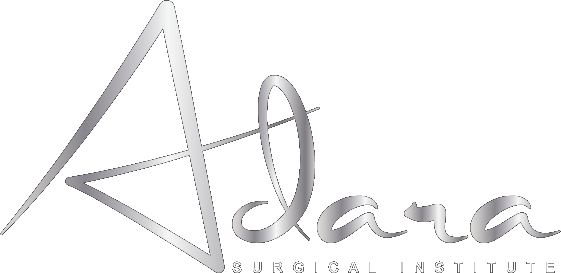- What is blepharoplasty?
“Blepharoplasty” or eyelid surgery (commonly referred to as “Bleph” – pronounced BLEF) is used to improve the appearance of the eyelids. It can help correct a number patient concerns. Our patients will often say their eyelids are fat, puffy, or droopy, or say they are noticing they have eye bags or look tired (even when they’re not!).
In case you’re curious, some of these symptoms of the eyelids can occur earlier in life, however, a majority of them occur with age.
As we age the eyelids lose their elasticity and this can cause them to puffy or fat and sometimes can give the appearance of eye bags. As the elasticity of the eyelid is lost the eyelid loses it structure and can cause a multitude of symptoms.
That’s where the bleph comes in.
A “Blepharoplasty” or eye lift surgery is typically a minor surgical procedure that helps to reestablish the architecture of the eyelids you had when you were young. This is achieved through a combination of removal of excess skin, tightening and repositioning the remaining eyelid structure as well as deep structures like fat.
The surgery can be performed with incisions on the eyelid skin (Transcutaneous blepharoplasty) and also with incision on the inside of the eyelid (Tranconjunctival blepharoplasty).
- What are some other names for blepharoplasty? Is this the same as an “eye lift”?
Blepharoplasty can be referred to as a lot of other names. Some of these include: eyelid lift, eye lift, eye bag removal, eyelid tightening, double eyelid surgery, eyelid tuck, canthopexy, corner eye lift, or eye rejuvenation.
- What are some of the most common reasons people might come in to get this surgery?
Many of our patient come to us with complaints of always looking tired or other people telling them they look tired. Many patients who are bothered by their upper eyelids feel their eyes look droopy or they feel the eyelids look like they have too much skin. Other patients who do not like their lower eyelids, have complaints of having eye bags or baggy eyelids and some will even refer to them as fat bags.
- What is the typical cost? Is it covered by insurance?
For a small subset of patients, the procedure is covered by insurance. This is typically for patient who have so much excess skin of the upper eyelid that it blocks their vision. A visual field test can be performed by an optometrist to test a patient’s visual fields. Some insurance companies will cover the procedure if the visual field tests show some decreased areas of vision that are corrected by taping the eyelids in correct position.
Since each person’s eyes are different, consult a cosmetic surgeon for an exact quote.
- Is the surgery just on the upper eyelid, or it is also the lower?
Blepharoplasty can be performed on either the upper or lower eyelid and for many patients both are treated. When both the upper and lower eyelid are treated, this is called a quad blepharoplasty.
- What is the typical age of someone who gets this surgery?
Blepharoplasty can be performed at a wide variety of ages. Asian blepharoplasty can be performed as early as the early twenties. The majority of patients with complaints of age-related changed start to seek cosmetic surgery starting in the late thirties to early forties. There is no age limit to the surgery and many patients have it formed into their 80’s and 90’s!
- If I decide this surgery isn’t exactly what I wanted, is there an alternative?
There are some good alternatives to surgery. Neurotoxins (Botox, Dysport, Xeomin, Jeuveau) can be used to help soften overactive muscles around the eye or to help decrease wrinkles around the eyes and skin bunching of the lower eyelid.
Other alternatives to eyelid surgery include use of fillers (Juvaderm, Volbella, Vollure, Restylane, Refyne, Defyne, Beletero)or fat grafting to help camouflage the appearance of eye bags or dark circles under the eye or a tear trough deformity (link to different page). Fat grafting entails transferring fat from another part of the body to the cheeks and eyes.
There are new techniques of using blood concentrates like platelet rich fibrin (PRF) to also help with lower eyelid bags or dark circles.
Another great option to help improve the appearance of the upper eyelid and brow is ultherapy. Ultherapy is a non-invasive device that can be used to help tighten the skin and deep structures of the brow.
- What is the recovery process like? Is it painful? How long until I am totally healed?
Recovery can vary between different patients. Most patients can return to normal activity and work within 5-10 days after surgery. The pain is typically very minimal to non-existent as it is a very minor surgery.
- You’re in Issaquah, Washington. How far away do people usually come from to get this surgery? Should I go with a surgeon near me if I live far away, or would I stay in town?
We have patients from all over the country and other countries. We have seen patients from as far away as Alaska and Hawaii. For patient who are visiting us from out of town, we recommend them to stay at least 5-7 days in town. We have a number of local hotels that give our patients preferred pricing as well.

![[Ask the Doctor] Questions About Blepharoplasty](https://www.adarasurgical.com/wp-content/uploads/2021/03/dental-patient-smiling-after-procedure-2.jpg)